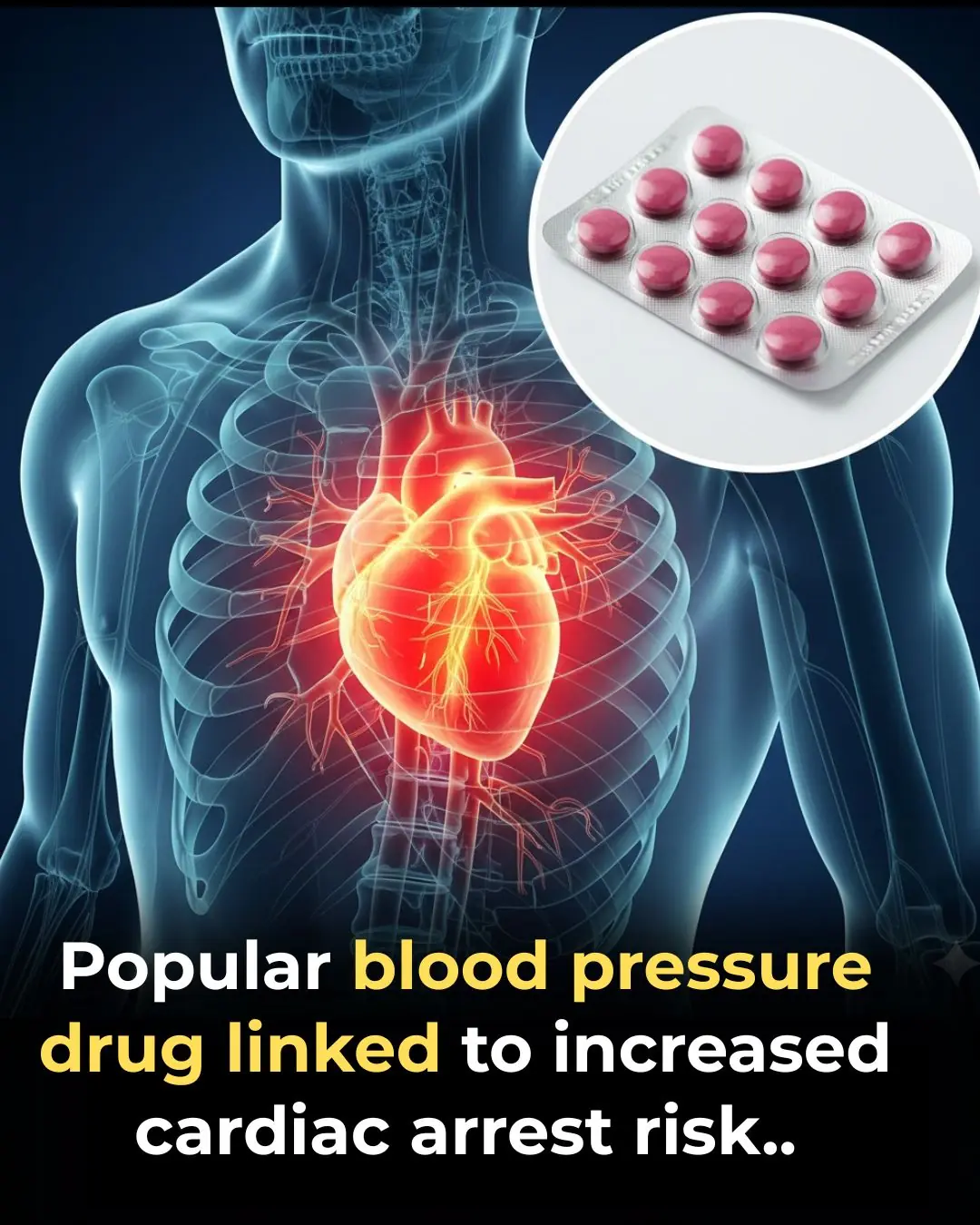
7 tips to eliminate dangerous blood fat

If your recent blood test showed that your triglycerides are higher than normal, you might be feeling a little uneasy — and understandably so. You may even be wondering what triglycerides actually are, or why your doctor seems just as concerned about them as they are about cholesterol. Don’t worry — you’re not alone, and the good news is that for most people, high triglycerides can be managed naturally, without medication.
In this article, we’ll break down what triglycerides are, why they matter, and share seven evidence-based strategies to help you bring your numbers back into a healthy range. By the time you’re due for your next blood test, you could see a noticeable improvement — and feel better overall.
(This article is inspired by the insights of Dr. André Wambier.)
What Exactly Are Triglycerides?
Triglycerides — sometimes spelled “triglycerids” — are a type of fat found in your blood, and in fact, they’re the most common form of fat in your body. After you eat, your body converts any extra calories it doesn’t need immediately into triglycerides, which are then stored in your fat cells. When your body later needs energy, hormones release these triglycerides into your bloodstream.
Problems arise when there’s an imbalance between how much you eat and how much you burn. Consuming too many refined carbohydrates, sugary foods, fried snacks, or high-fat meals — and not getting enough exercise — can lead to chronically elevated triglyceride levels.
Quick Facts About Triglycerides
-
Triglycerides are the most abundant form of fat in your body.
-
High levels usually come from eating more calories than you burn.
-
A normal triglyceride level is below 150 mg/dL.
-
High triglycerides increase your risk for atherosclerosis, heart attack, and stroke.
-
Extremely high levels (above 500 mg/dL) can lead to acute pancreatitis, a potentially life-threatening condition.
Triglycerides vs. Cholesterol: What’s the Difference?
Although both triglycerides and cholesterol are fats (lipids) found in your blood, they play very different roles. Triglycerides primarily store unused calories and serve as a source of energy, while cholesterol is a waxy substance that helps build cells and hormones.
Diet affects triglycerides more directly than cholesterol. For example, a diet rich in refined carbs, sugar, and excess calories will push your triglycerides up quickly. Cholesterol levels, on the other hand, are often more influenced by genetics and how your liver processes fat.
Still, both can harm your arteries when they’re elevated. High triglycerides can contribute to the buildup of plaque in the arteries, while oxidized LDL cholesterol can directly damage artery walls. Together, they create the perfect storm for heart disease.
Why High Triglycerides Are Dangerous
Consistently high triglycerides can lead to atherosclerosis, a condition in which plaque builds up inside your arteries, making them stiff and narrow. This can reduce blood flow and set the stage for a heart attack or stroke.
At even higher levels — generally above 400–500 mg/dL — the risks increase further. Triglycerides at these levels can trigger acute pancreatitis, a severe inflammation of the pancreas that can cause intense abdominal pain and, in extreme cases, can be fatal.
Common Causes of Elevated Triglycerides
While diet and physical inactivity are leading contributors, other factors can also play a role:
-
Obesity: Extra body fat often goes hand in hand with higher triglyceride levels.
-
Excessive Alcohol Consumption: Alcohol is rich in calories and sugar, which the body readily turns into triglycerides.
-
Medications: Certain drugs — including corticosteroids, isotretinoin (used for acne), and some HIV treatments — can elevate triglycerides.
-
Underlying Conditions: Metabolic syndrome, insulin resistance, diabetes, hypothyroidism, kidney disease, and liver disease can all contribute to elevated triglycerides.
Seven Proven Ways to Lower Your Triglycerides Naturally
Let’s look at some practical, sustainable lifestyle changes that can make a dramatic difference — often within just a few weeks.
-
Lose Weight Gradually
Even a modest weight loss of 5–10 kilograms can lower your triglycerides significantly. As you lose weight, you’ll likely become more active, improve your sleep, and reduce liver fat — all of which help balance your body’s energy use. -
Cut Back on Refined Carbohydrates
Foods like white bread, pastries, pizza, and sugary cereals cause quick spikes in blood sugar and insulin. Over time, these spikes contribute to insulin resistance and fatty liver. Swap them for whole grains, legumes, and complex carbs that digest more slowly. -
Choose Healthy Fats Wisely
Not all fats are bad. Embrace monounsaturated and polyunsaturated fats found in olive oil, nuts, avocados, and fatty fish like salmon, sardines, and mackerel. Avoid fried foods, trans fats, and heavily processed meats. Moderation is key — even healthy fats are calorie-dense. -
Boost Your Fiber Intake
Fiber not only supports digestion but can also help reduce fat absorption in the intestines. Aim for a mix of soluble and insoluble fiber from fruits, vegetables, oats, flaxseeds, and chia seeds. A spoonful of chia seeds in your smoothie or yogurt can go a long way. -
Limit or Eliminate Alcohol
Alcohol, especially beer and sweet cocktails, can cause a quick rise in triglycerides. Some people are particularly sensitive — even one or two drinks a week may affect their numbers. If you’re serious about lowering triglycerides, it’s best to abstain for a while. -
Watch What You Drink
Sugary beverages — soda, fruit juices, and sweetened coffee drinks — are often overlooked culprits. Replace them with water, herbal tea, or black coffee. Even small changes, like skipping the sugar in your latte, add up over time. -
Move Your Body Regularly
Exercise is one of the most powerful tools for lowering triglycerides. Aim for at least 150 minutes of moderate-intensity activity per week — brisk walking, swimming, cycling, or dancing all count. Remember, consistency matters more than perfection. Every step, literally, counts.
When Lifestyle Changes Aren’t Enough
If you’ve been diligent with these habits and your triglyceride levels remain high, your doctor may suggest medication. Fibrates (like fenofibrate or gemfibrozil) are particularly effective for lowering triglycerides but must be used cautiously in people with kidney or liver disease.
Statins, primarily used to manage cholesterol, can also help. Omega-3 supplements (from fish oil or algae oil) and niacin (vitamin B3) may further reduce triglycerides, though niacin can cause side effects such as flushing or liver irritation and should only be used under medical supervision.
The Bottom Line
High triglycerides are a warning sign — but also an opportunity. By improving your eating habits, being mindful of your alcohol and sugar intake, and staying active, you can take control of your health and dramatically lower your risk of heart disease and stroke.
Remember: you have more power over your numbers than you might think. With consistent effort, your next lab results could be a reflection of real progress — and a healthier, more energized you.
News in the same category


Powerful Health Benefits of Pineapple You Should Know
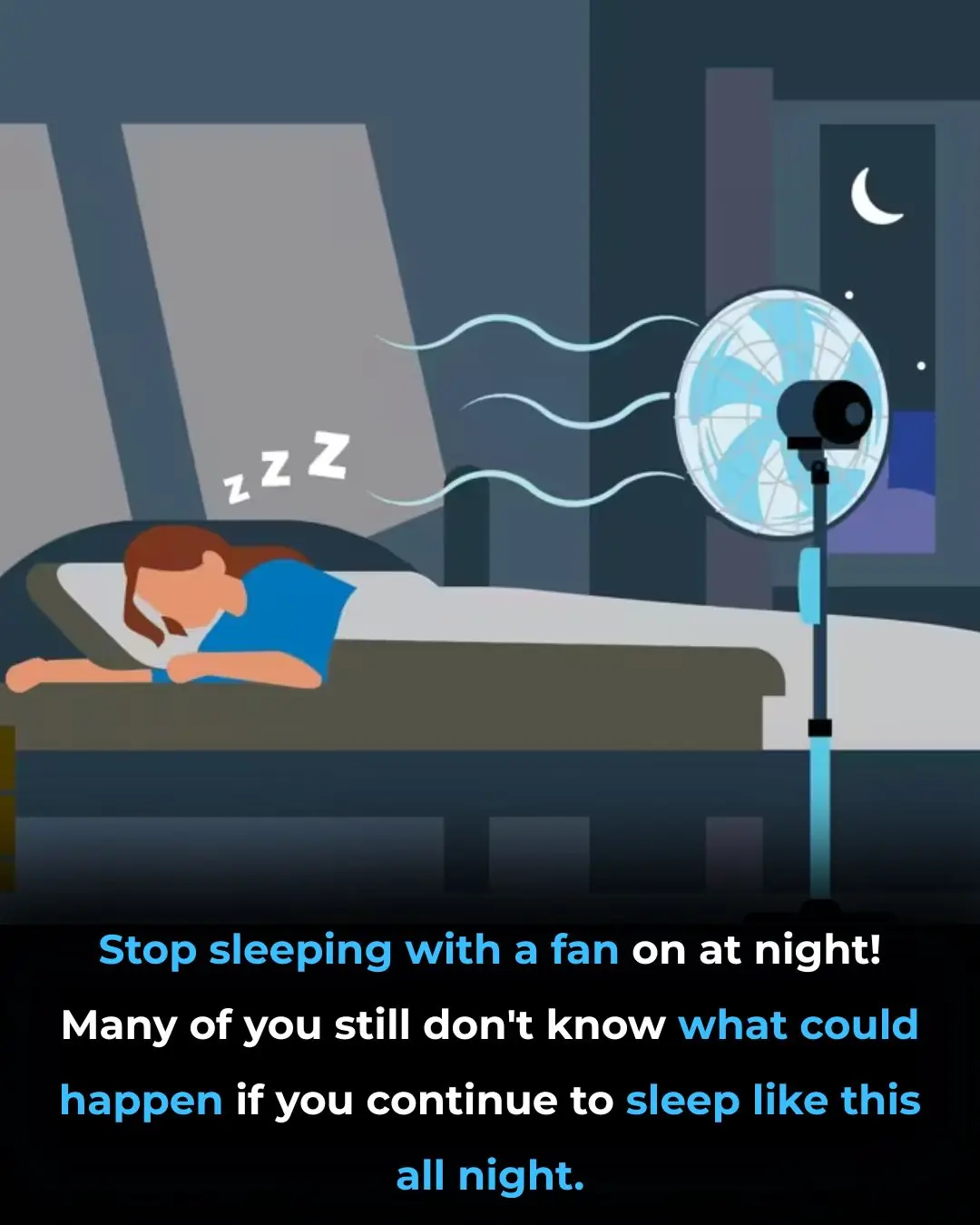
The Surprising Health Benefits of Sleeping in a Cold Room
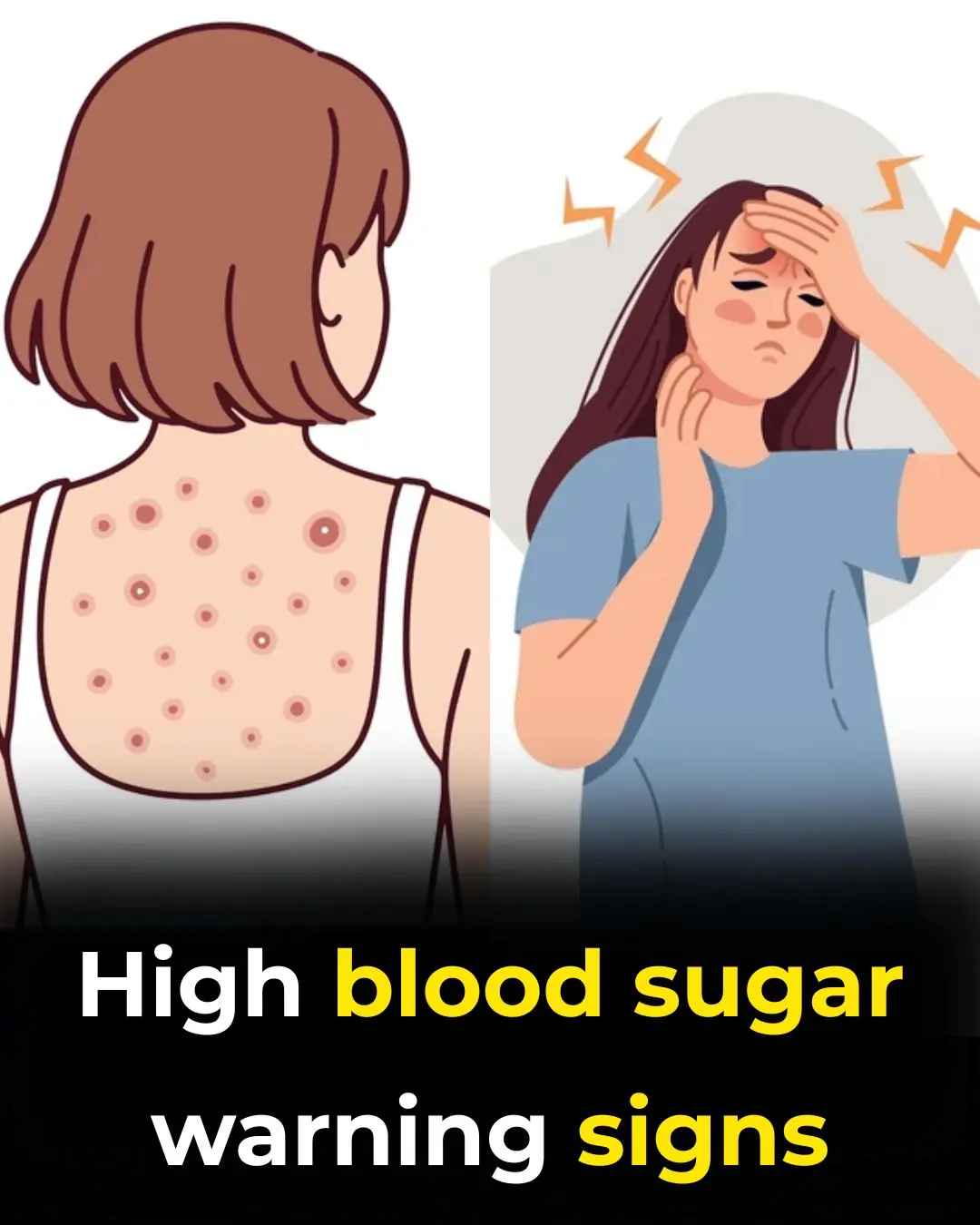
High Blood Sugar Warning Signs

🥚 A Look at How Certain Boiled Egg Habits May Affect Your Heart Health

🌿 Clove Water Sitz Baths for Women: A Gentle Guide to Hygiene and Comfort
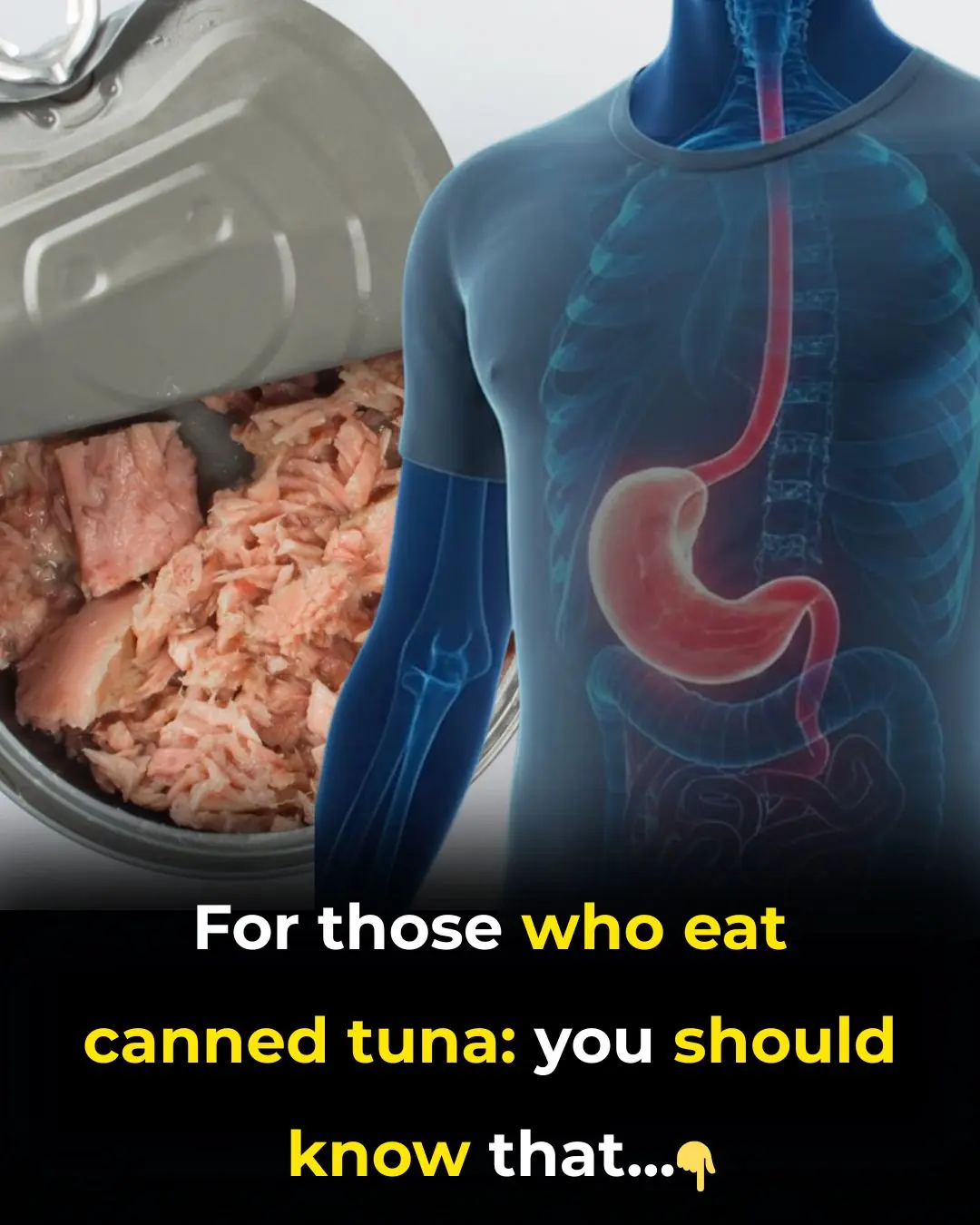
What Happens to Your Body When You Eat Canned Tuna Every Day
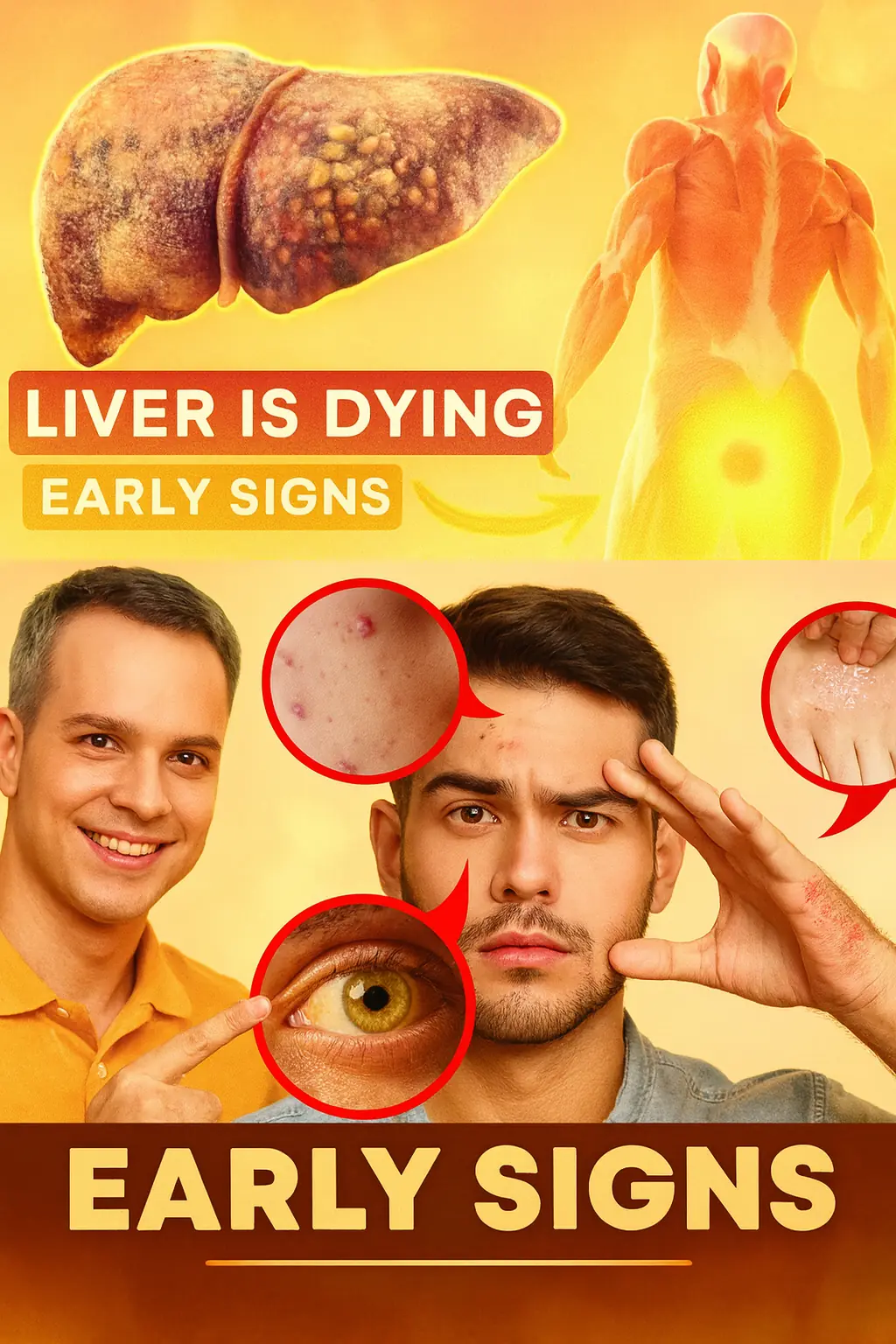
17 Warning Signs Your Liver Is Crying for Help

How to Support Your Kidneys Naturally Using 1 Teaspoon of Baking Soda

Fish oil cuts CV risk nearly in half for dialysis patients

The hidden heart danger doctors say is more common in people with diabetes

The surprising power of 4 seeds to repair your nerves naturally

Trial: mRNA Flu Vaccines More Effective Than Quad

3 Miracle Herbs to Instantly Lower Blood Pressure & Clear Arteries Naturally

The Surprising Uses of Lemon and Charcoal: A Natural Mix That May Change Your Daily Routine

The Green Bell Pepper Hair Growth Secret You NEED to Know

Eating eggs every day can help you live longer

3 Miracle Herbs to Instantly Lower Blood Pressure & Clear Arteries Naturally

What is its effect. do you know?
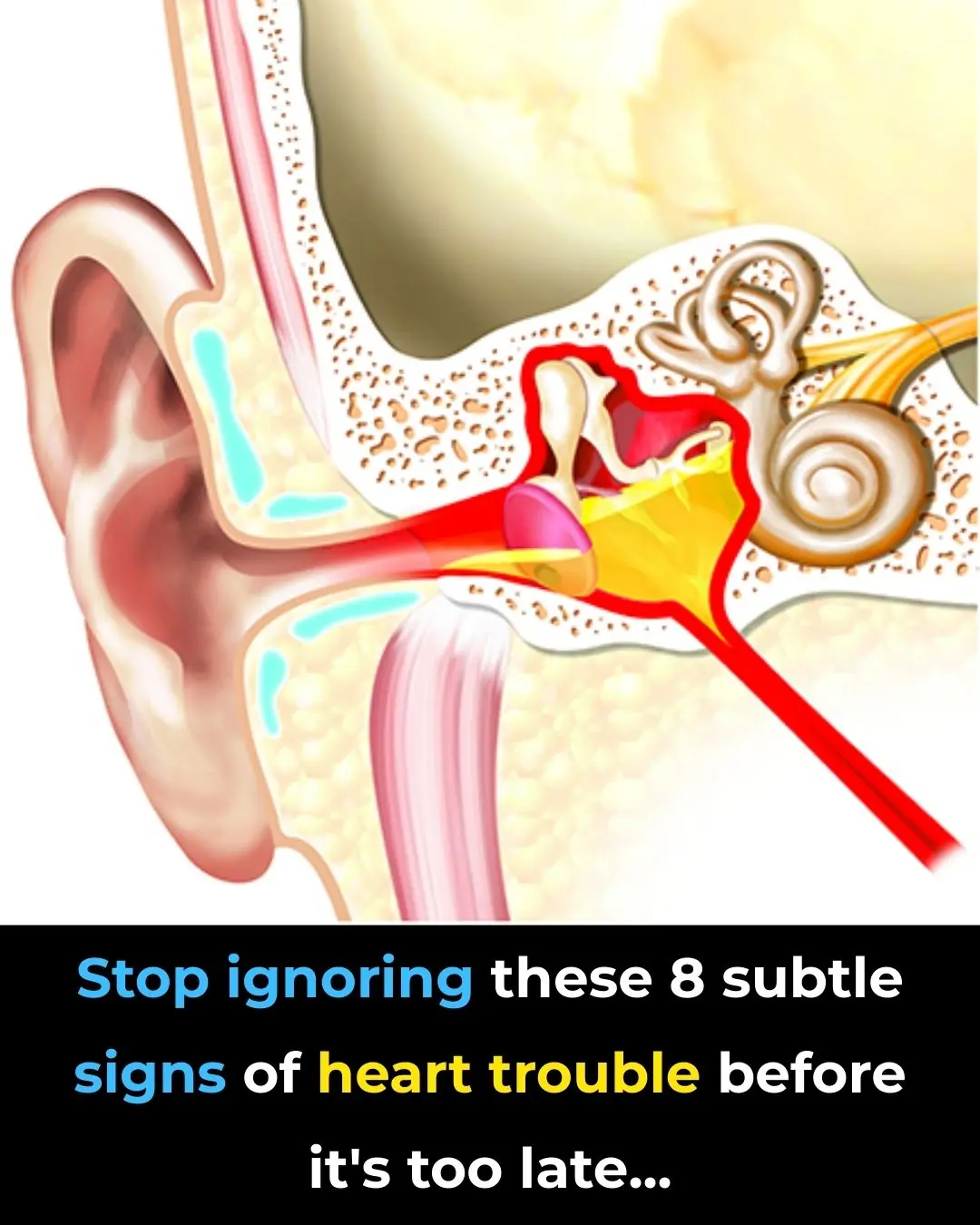
Stop Ignoring These 8 Subtle Signs of Heart Trouble Before It’s Too Late
News Post

High-Dose Nifedipine Linked to Increased Risk of Sudden Cardiac Arrest, New Study Suggests

How the U.S. Escaped Hurricane Landfalls in 2025

Ancient Shark Fossils Unearthed in Mammoth Cave Rewrite 325 Million Years of Evolutionary History

Powerful Health Benefits of Pineapple You Should Know

How an Italian Police Lamborghini Huracán Helped Save Lives by Delivering Kidneys Across Italy
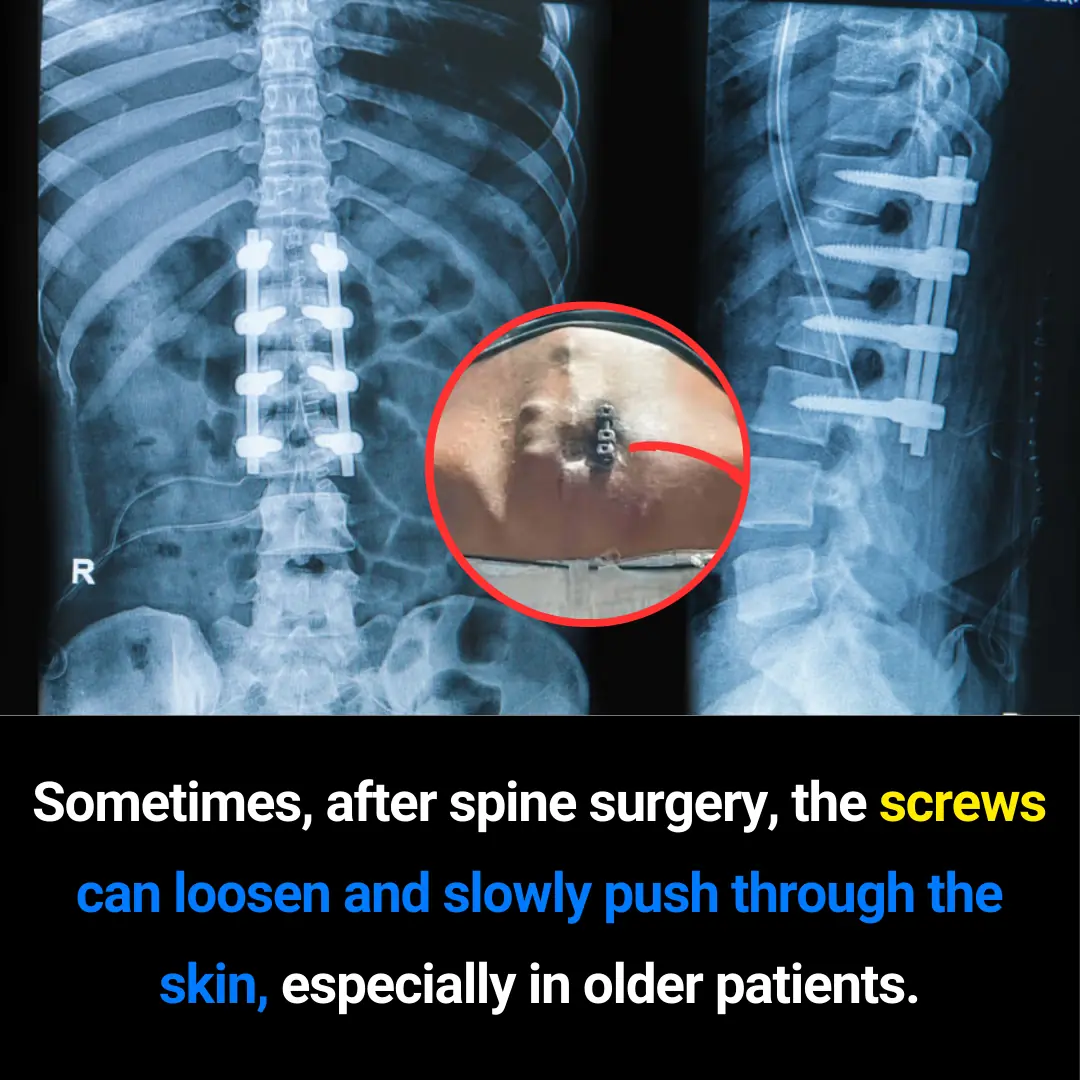
Can Spinal Screws Push Through the Skin? Understanding a Rare but Serious Post-Surgery Complication

Why the Tongue Is One of the Most Important Organs in the Human Body

What You Do First in This Scenario

The Surprising Health Benefits of Sleeping in a Cold Room

A 4-Minute, Zero-Effort Hack to Clean Grill Gunk – The Simple Trick My Nana Taught Me

High Blood Sugar Warning Signs

🥚 A Look at How Certain Boiled Egg Habits May Affect Your Heart Health

Small Steps, Big Impact: How 4,000 Steps a Day Can Transform Your Health

🌿 Clove Water Sitz Baths for Women: A Gentle Guide to Hygiene and Comfort

What Happens to Your Body When You Eat Canned Tuna Every Day

17 Warning Signs Your Liver Is Crying for Help

How to Support Your Kidneys Naturally Using 1 Teaspoon of Baking Soda

Fish oil cuts CV risk nearly in half for dialysis patients

The hidden heart danger doctors say is more common in people with diabetes
